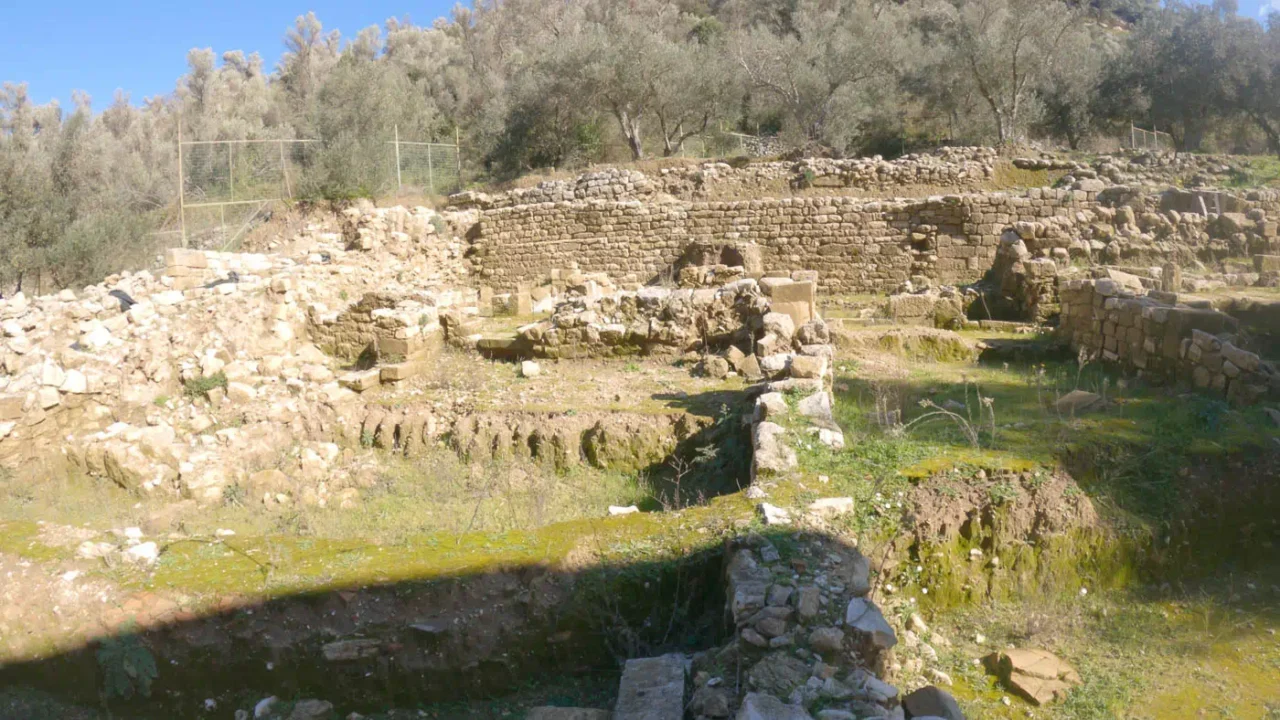
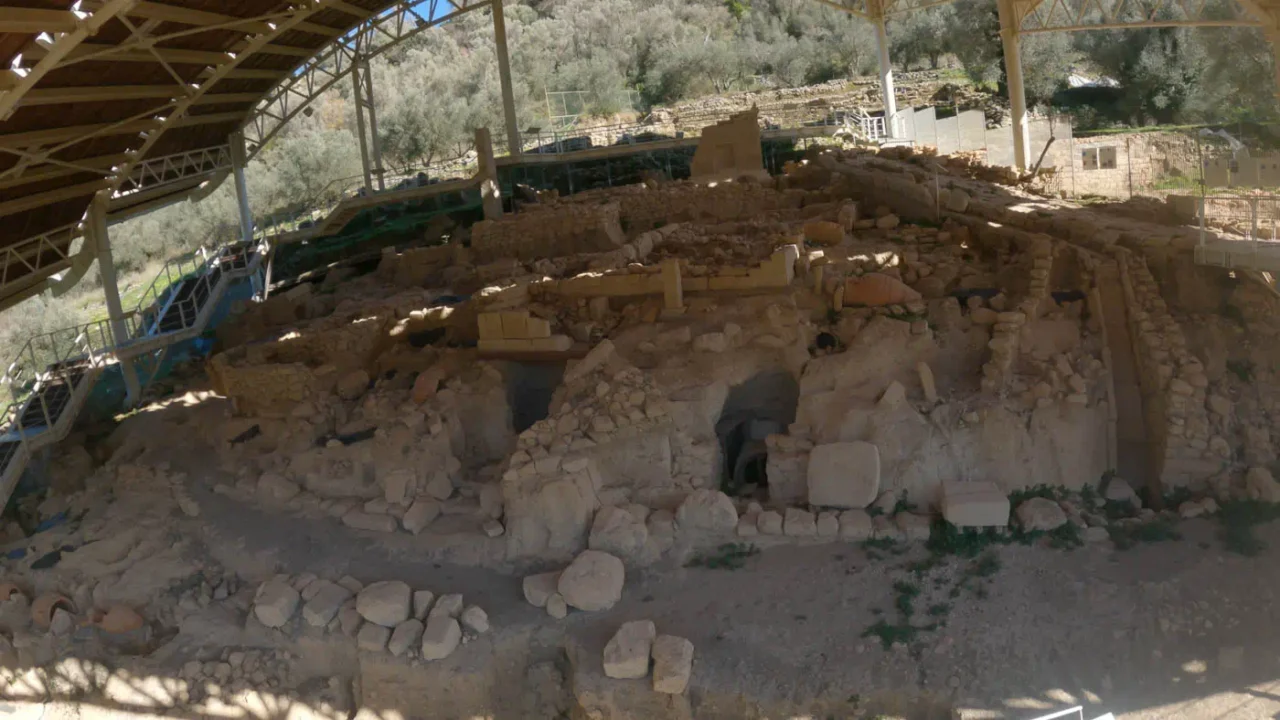
Exploring Eleutherna’s Early Iron Age Burial Practices
The Orthi Petra Necropolis, located on the western slope of Prines hill in Eleutherna, Crete, stands as a significant archaeological site that has shed light on the burial practices and social structures of the ancient city, particularly during the Early Iron Age (c. 900-600 BC). The necropolis features a variety of burial types, including cremations, enchytrismoi (jar burials), and simple inhumations, accompanied by a rich array of grave goods that offer insights into the beliefs, customs, and trade networks of the Eleuthernians during this period.
Location and Context
The Orthi Petra Necropolis is situated on the western slope of Prines hill, overlooking the Chalopota stream. The site’s location, in close proximity to the ancient city of Eleutherna, suggests its role as the primary burial ground for the city’s inhabitants during the Early Iron Age. The necropolis is characterized by its diverse topography, with areas of flat terrain interspersed with rocky outcrops, which influenced the placement and types of burials.
Archaeological Investigations
Excavations at Orthi Petra have been ongoing since 1985, led by Professor Nikolaos Stampolidis and the University of Crete. These investigations have revealed a complex and multi-layered necropolis with evidence of continuous use over several centuries. The excavation has uncovered a variety of burial types, including cremations, enchytrismoi, and simple inhumations, each with its own distinct characteristics and associated grave goods. The finds from Orthi Petra have significantly expanded our understanding of burial practices and social organization in Early Iron Age Crete.
Burial Practices
-
Cremations: Cremation was a common practice at Orthi Petra, particularly for high-status individuals, warriors, and, in some cases, women and children. The cremated remains were typically placed in urns, often accompanied by a rich array of grave goods, including weapons, jewelry, and pottery. The presence of a crematorium at the site indicates that the cremation process was carried out in a designated area within the necropolis.
-
Enchytrismoi (Jar Burials): Enchytrismos, or jar burial, was another common practice at Orthi Petra. The deceased, usually women, children, and elderly men, were placed inside large storage jars (pithoi or amphorae) and buried in the ground. These burials were often accompanied by grave goods, reflecting the social and economic status of the deceased.
-
Simple Inhumations: Simple inhumations, or burials directly in the ground, were also practiced at Orthi Petra. These burials were often less elaborate than cremations or enchytrismoi and were typically associated with individuals of lower social status.
Grave Goods
The grave goods found at Orthi Petra offer a wealth of information about the beliefs, customs, and trade networks of the Eleuthernians during the Early Iron Age. These goods include:
-
Weapons and Tools: Iron swords, spearheads, knives, and other weapons, as well as tools such as axes and saws, were often found in male burials, reflecting the importance of warfare and craftsmanship in the society.
-
Jewelry: Gold and silver jewelry, including necklaces, earrings, and rings, were commonly found in female burials, indicating social status and wealth.
-
Pottery: A wide variety of pottery vessels, both locally produced and imported, were found in the necropolis. These vessels served various functions in the burial ritual, including holding the cremated remains, serving as offerings, and marking the graves.
-
Other Artifacts: Other artifacts found at Orthi Petra include figurines, seals, and amulets, which offer insights into the religious beliefs and symbolic practices of the Eleuthernians.
Trade and Exchange
The presence of imported pottery and other artifacts at Orthi Petra indicates that Eleutherna was engaged in extensive trade and exchange networks during the Early Iron Age. These networks connected the city with other parts of Crete, as well as with the wider Aegean and Eastern Mediterranean regions. The imported goods found in the necropolis include pottery from various Cretan sites, as well as from the Cyclades, the Dodecanese, mainland Greece, Cyprus, and the Levant. These finds highlight the cosmopolitan nature of Eleutherna and its role as a center of trade and cultural exchange.
Social Organization
The variety of burial types and the associated grave goods at Orthi Petra suggest a hierarchical social structure in Early Iron Age Eleutherna. The elaborate cremations and richly furnished enchytrismoi indicate the presence of a wealthy and powerful elite class, while the simpler inhumations suggest a less affluent segment of the population. The grave goods also provide evidence for gender roles and social distinctions within the community.
Historical Significance
The Orthi Petra Necropolis is a crucial source of information for understanding the history and culture of Eleutherna during the Early Iron Age. The necropolis’s rich and diverse finds offer insights into the burial practices, social organization, economic activities, and trade networks of the Eleuthernians during this formative period in the city’s history. The site’s connection to the Homeric epics, particularly through its cremation burials, further enhances its significance for understanding the broader cultural context of the Early Iron Age in Greece.
Site: Key Points
- Construction Period: Early Iron Age (c. 900-600 BC), with some evidence of later use.
- Location: Western slope of Prines hill, overlooking the Chalopota stream.
- Dimensions: The excavated area covers approximately 1,300 square meters, but the full extent of the necropolis is unknown.
- Historical Significance: Provides crucial evidence for burial practices, social organization, economic activities, and trade networks in Early Iron Age Eleutherna. The site’s connection to the Homeric epics further enhances its significance for understanding the broader cultural context of the period.
- Current Status: The site has been partially excavated and is protected by a three-level shelter. It is open to the public as part of the Eleutherna Archaeological Park.
References
- Stampolidis, N. Ch. (Ed.). (2000). Eleutherna I: The Museum at Eleutherna. INSTAP Academic Press.
- Themelis, P. G. (ed.) (2009). Ancient Eleutherna: Sector I. Volume one. Rethymnon: University of Crete.
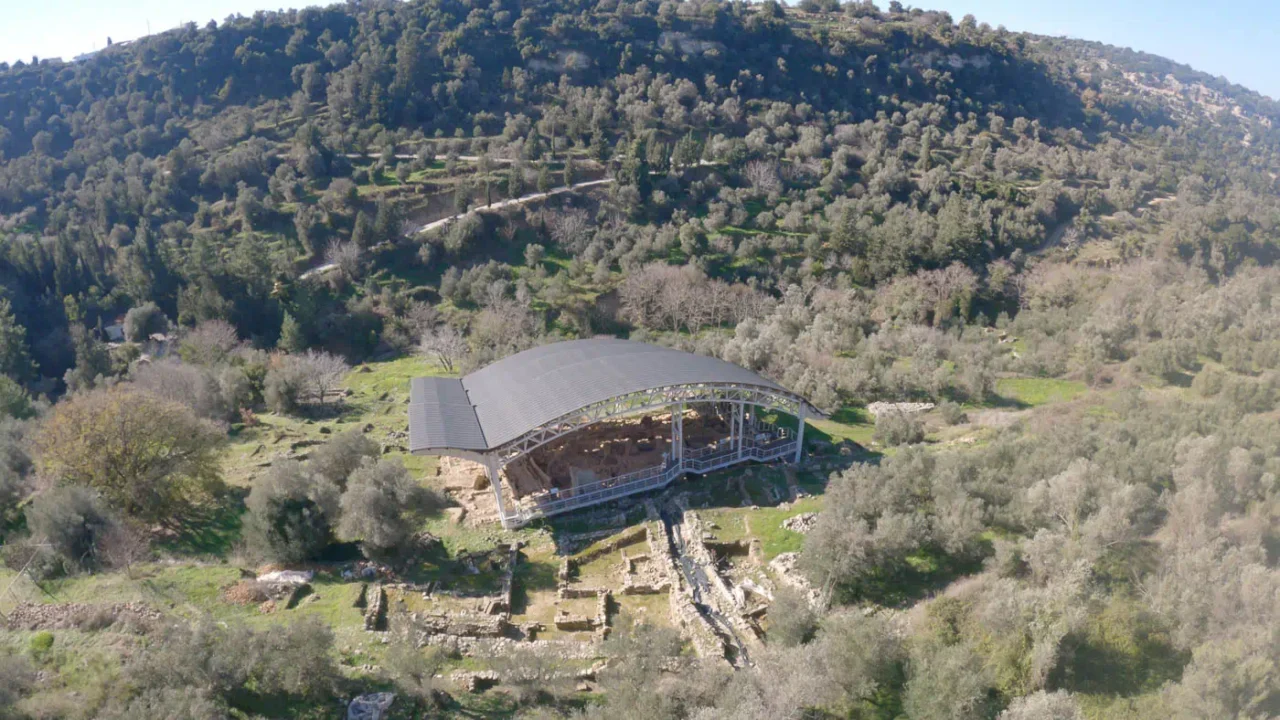
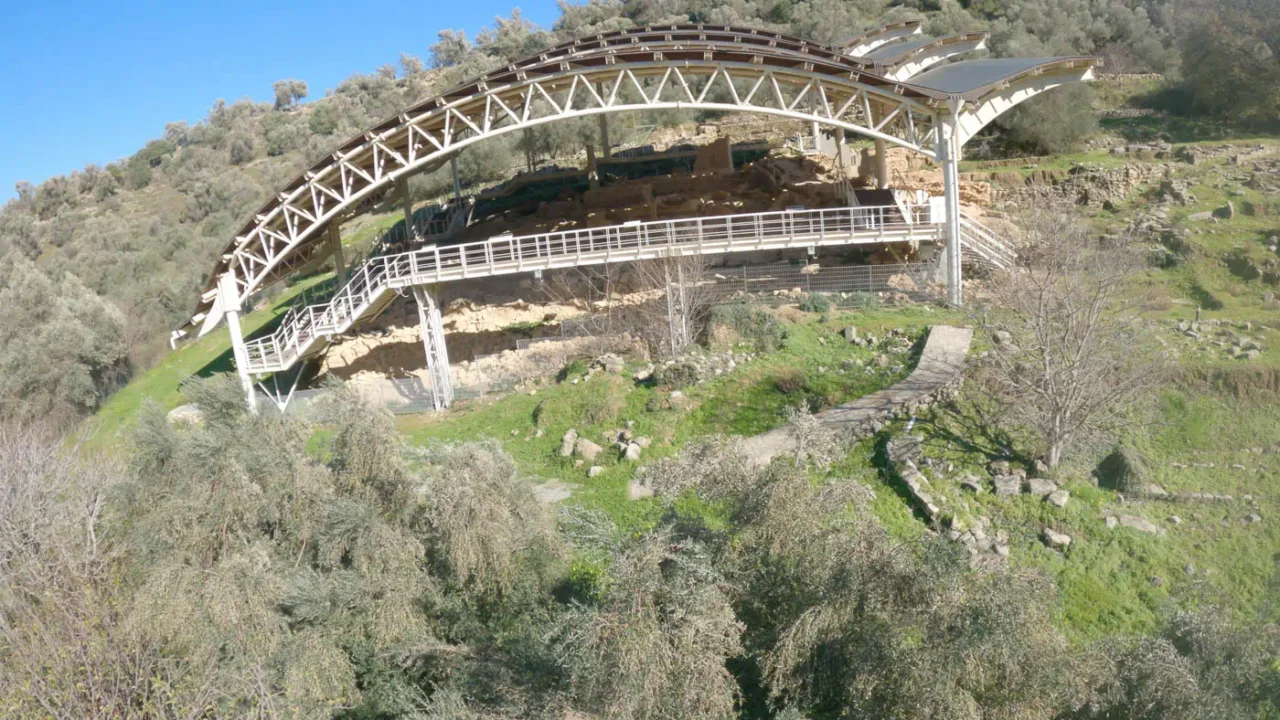














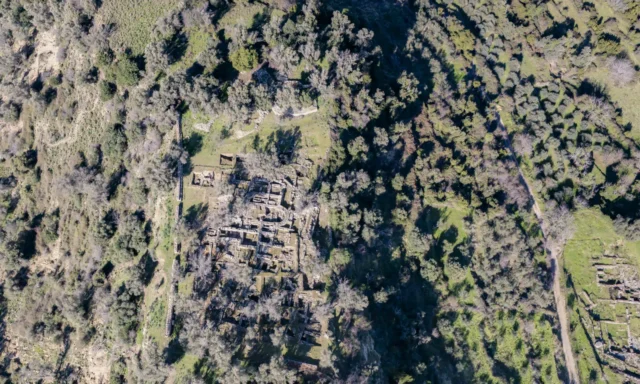

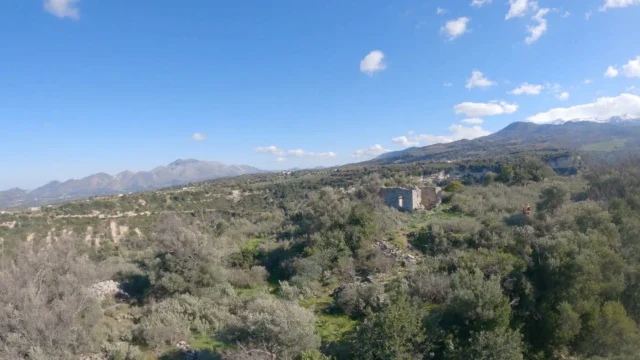
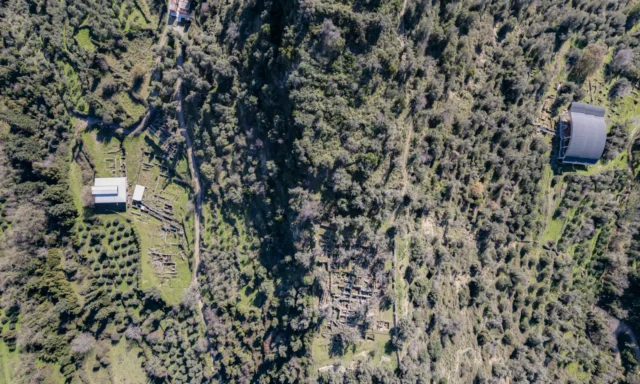
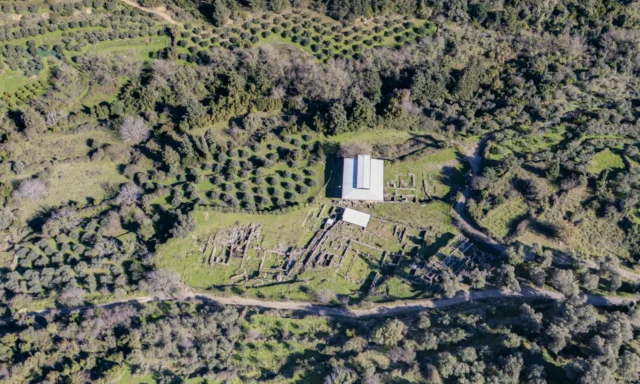

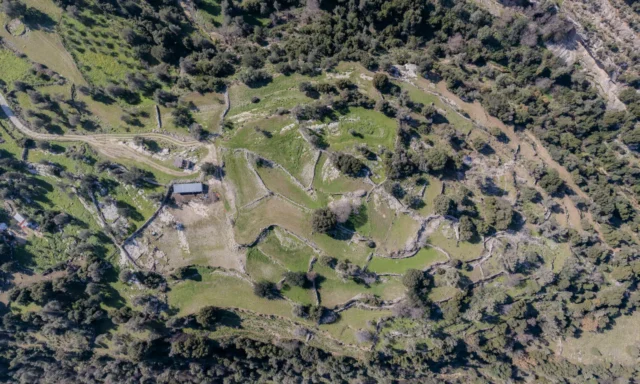

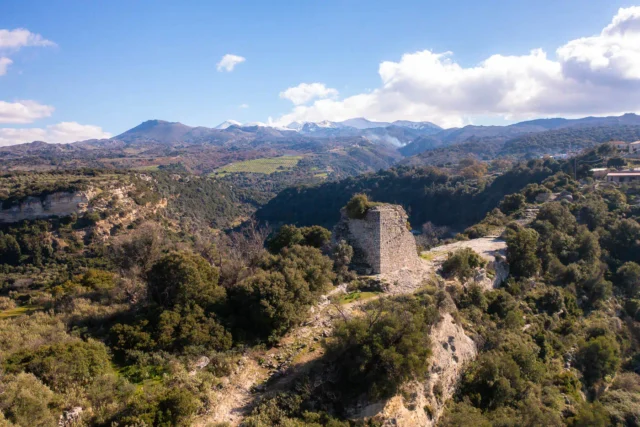
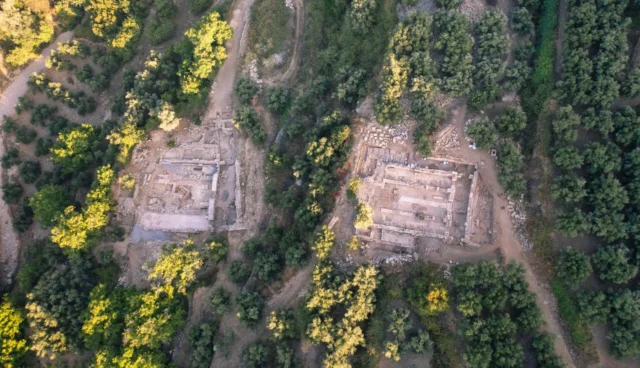

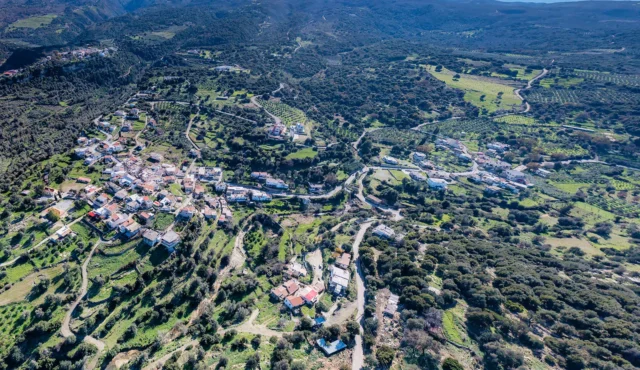

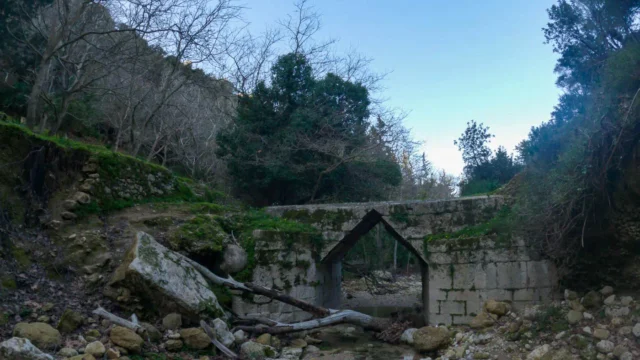
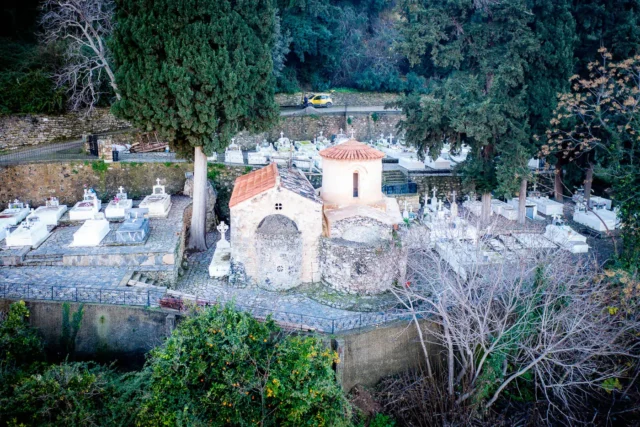

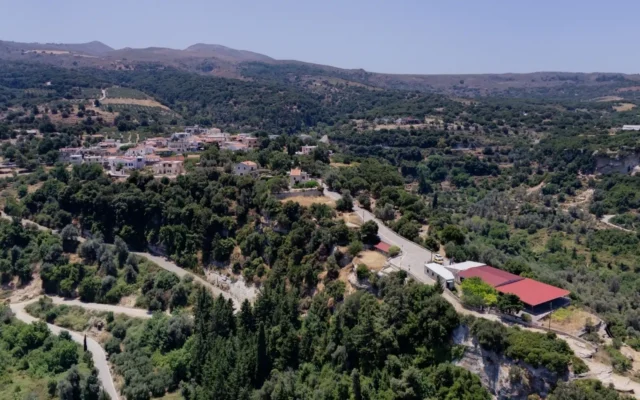
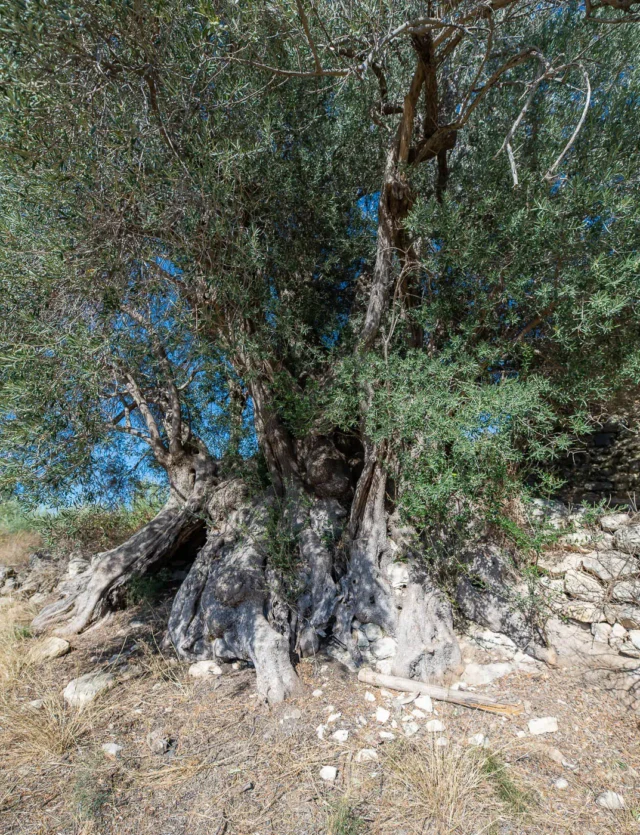
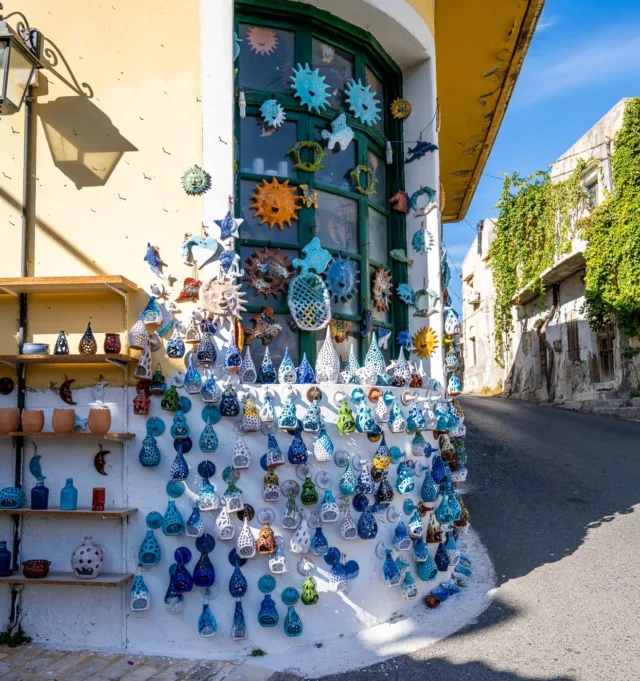

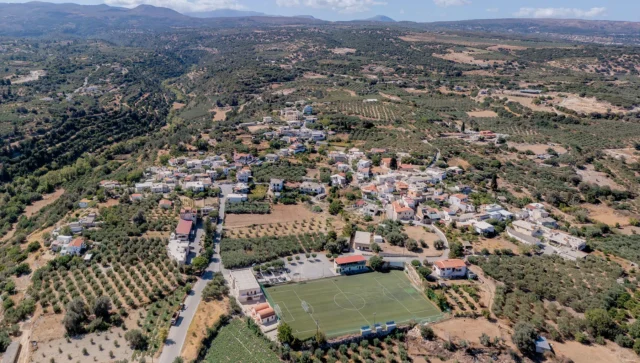
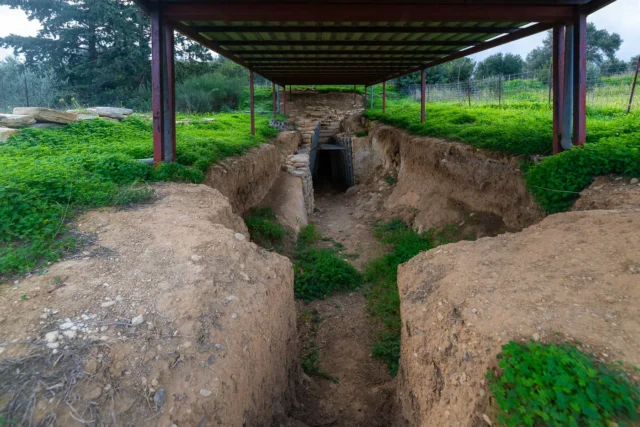
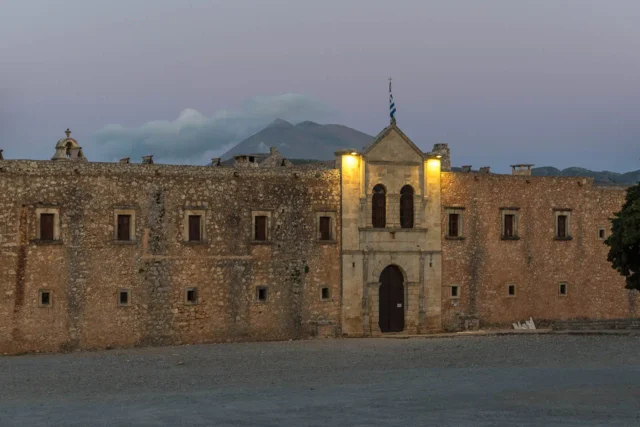

There are no comments yet.